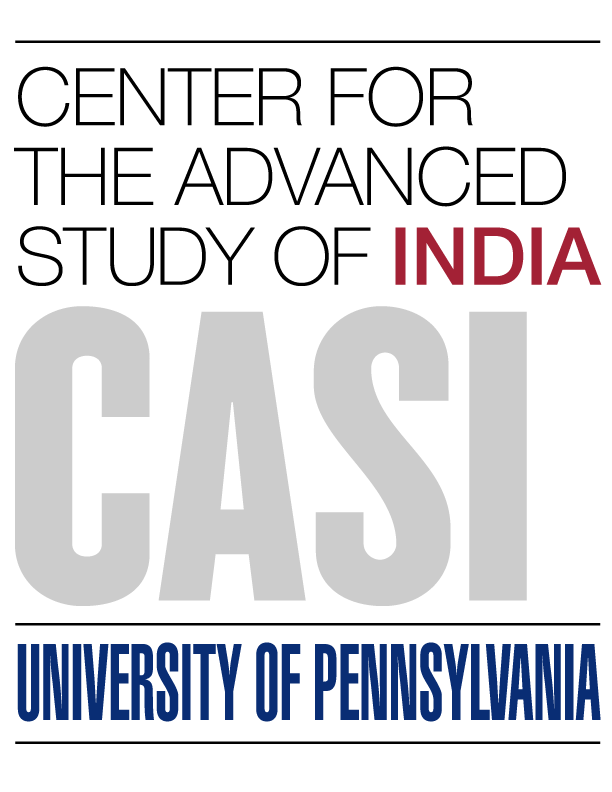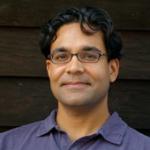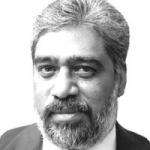The Law of Indian Democracy

Deciding how to put the abstract democratic ideal into practice isn’t easy. Some decisions are large institutional ones, such as whether a country should opt for parliamentarianism; others are more microscopic – how electoral districts should be mapped, how electoral speech should be regulated, and so forth. The specific institutionalization of the democratic ideal can radically impact its functioning and even threaten the ideal itself. While India has managed non-partisan election administration reasonably well, other features of the system are poorly regulated and understood.










